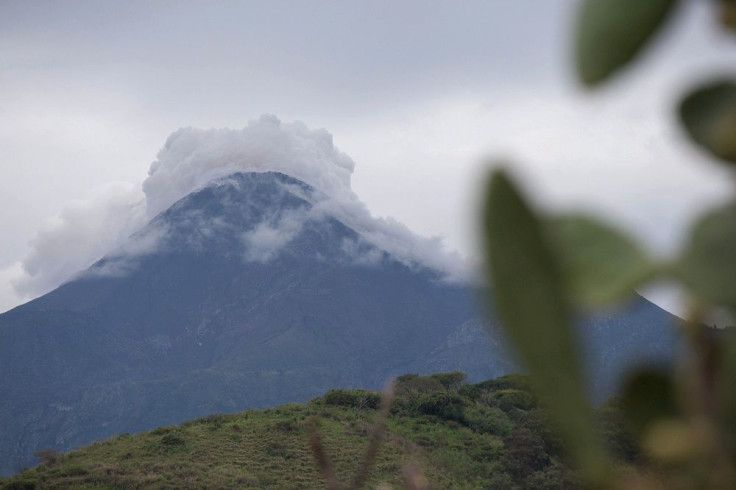Iceland’s volcanoes have enough energy to power the UK

Iceland and Britain are finally moving forward on their 2012 memorandum of understanding (MoU) to explore the possibility of using the former’s volcanic energy to power the UK.
The project involves tapping into the geothermal energy of Iceland’s volcanoes as well as its wind and hydropower and transmitting the electricity to the UK through a proposed submarine cable, reports Discovery.
The MoU for the US$6.6 billion (AUS $9.1 billion) project was signed between the two countries in 2012. While the project will give the thinly populated Iceland a market for its excess energy, the UK will benefit by getting non-fossil fuel energy.
The project is finally moving forward as British Prime Minister David Cameron already met with his counterpart, Sigmundur David Gunnlaugsson, in Iceland in October. The two sides have created a new UK-Iceland Energy Task Force to examine the power project’s feasibility and report back in six months, according to the Independent.
The plan, which involves the construction of 750 miles of undersea cabling, will enable the UK to harness Iceland's long-term, renewable geothermal energy. Iceland, which has an abundance of volcanoes, is currently unable to export its excess power due to its remote location.
The project, according to Iceland Review Journal, would take seven to 10 years to complete. With recent advances in power cable technology, the cables would be easier and less expensive to manufacture.
Renewable energy is the main source of power for Iceland, which gets 78 percent of its electricity from hydropower and 27 percent from geothermal. Only 0.01 percent of its power is fuel-generated. With an extremely low population, Iceland produces 53.0 megawatt hours of electricity per person – the maximum in the world.
Ironically, despite its green energy, Iceland has one of the biggest per-capita carbon footprints in Europe, mainly because three-quarters of its electricity goes to run aluminum smelters that burn carbon electrodes to release large amounts of C02.
Contact the writer at feedback@ibtimes.com.au or tell us what you think below.




















